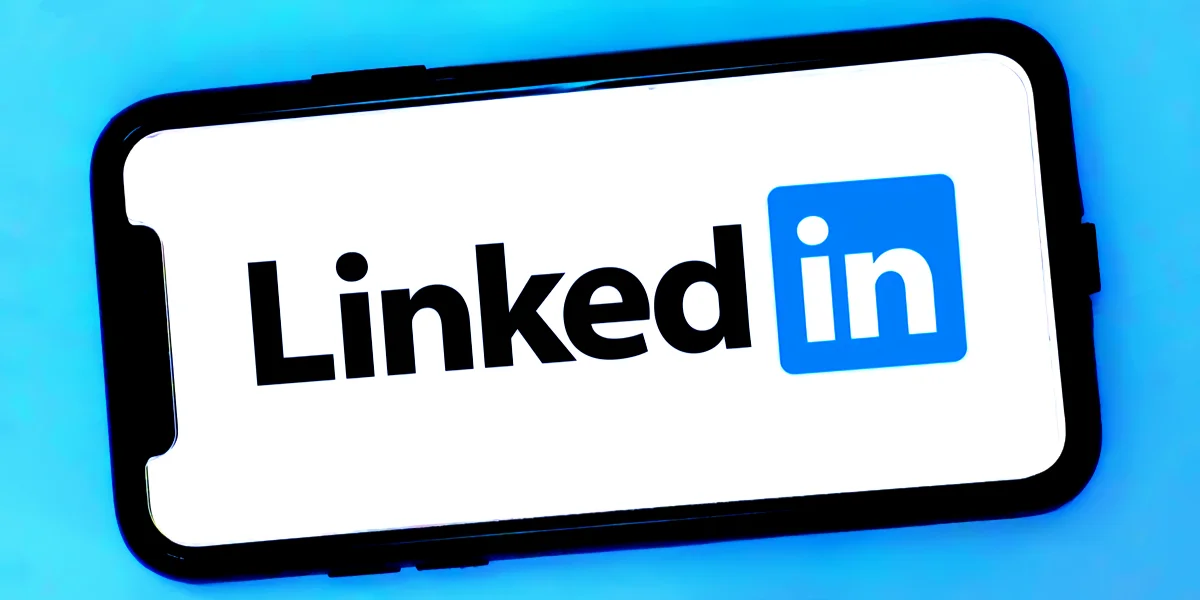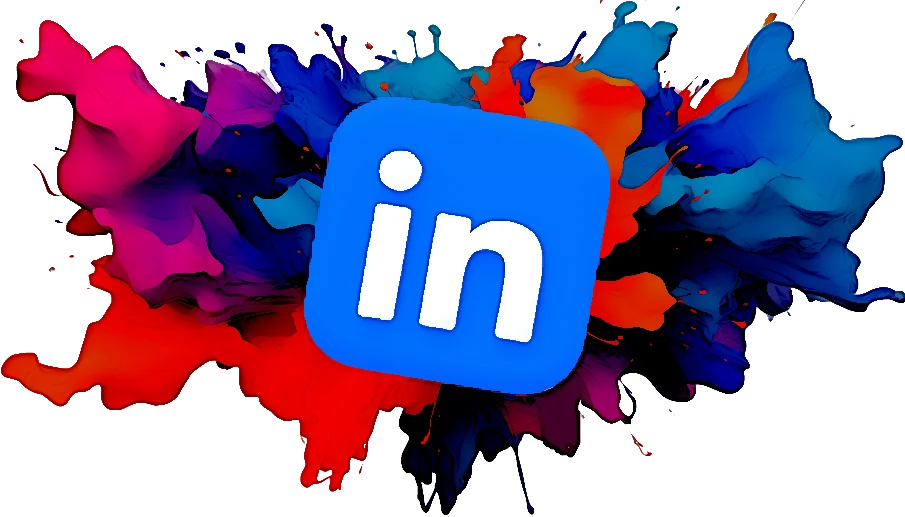LinkedIn is the world's premier professional networking platform, serving as your digital resume, portfolio, and networking hub. A well-crafted LinkedIn profile is no longer a luxury—it's a necessity for career advancement, attracting recruiters, and building a professional personal brand. This comprehensive guide outlines the essential steps and best practices for creating a standout LinkedIn profile…
Section 1: The First Impression - Visuals and Identity
Your profile's top section is your digital handshake. It’s critical for making an immediate positive and professional impression.
1. Profile Picture
• Professional Quality: Use a high-resolution, recent headshot. The photo should be well-lit, with a clear focus on your face (which should occupy about 60% of the frame).
• Appropriate Attire: Dress as you would for your target job or industry. Avoid overly casual photos (e.g., selfies, group shots, vacation pictures).
• Background: Opt for a plain, neutral, or slightly blurred professional background to keep the focus on you.
• Expression: A natural smile and approachable demeanor can make you seem more engaging and trustworthy.
2. Background Photo (Banner)
• This is often-overlooked real estate. Use it to reinforce your professional brand.
• Relevance: Choose an image that reflects your industry, key skills, or professional interests (e.g., a photo related to your company's mission, an industry graphic, or a subtle, professional design).
• Design: Ensure the image is high-quality and clean, and that it doesn't clash with your profile picture.
3. The Headline
• This is arguably the most important text on your profile, appearing right under your name in search results. Don't just list your current job title.
• Value Proposition: Use the 220 characters to succinctly showcase your specialty and the value you bring.
*Instead of: "Marketing Manager at Company X".
*Try: "Growth-Driven Digital Marketing Manager | B2B SaaS Specialist | Optimizing ROI through Data-Led Content Strategy".
• Keywords: Include relevant industry keywords that recruiters and potential connections are likely to search for.
4. Custom URL
• Customize the clunky, automatically-assigned URL to make it clean and easy to share (e.g., linkedin.com/in/yourname). This enhances professionalism and searchability.
 Section 2: Telling Your Story - The About and Experience Sections
Section 2: Telling Your Story - The About and Experience Sections
These sections provide the narrative depth that turns a profile view into a connection or job inquiry.
5. The About Section (Summary)
• This is your professional bio and "elevator pitch." It should be around 3-5 short paragraphs, telling your career story, passions, and goals.
• Structure:
*Hook: Start strong with a compelling statement about who you are and your passion.
*Value: Detail your key skills, areas of expertise, and the unique value you offer.
*Achievements: Highlight 2-3 major accomplishments, ideally using metrics and the STAR method (Situation, Task, Action, Result) to demonstrate impact.
*Call-to-Action (CTA): End by clearly stating what you're looking for (e.g., collaboration, job opportunities, networking) and provide your professional contact information (email).
• Voice: Write in the first person ("I") to be more authentic and engaging. Use relevant keywords naturally throughout.
6. Experience
• Treat this section as an opportunity to showcase achievements, not just list job duties.
• Focus on Results: For each role, use strong, action-oriented bullet points that quantify your results. Use numbers, percentages, and dollar amounts wherever possible.
*Instead of: "Responsible for managing social media accounts."
*Try: "Drove a 40% increase in lead generation by overhauling the social media content strategy across 3 platforms."
• Showcase Media: Utilize the "Media" option to include links to relevant work, presentations, reports, or portfolio pieces.
Section 3: Credibility and Reach - Skills, Endorsements, and Activity
These elements validate your claims and increase your profile's visibility in searches.
7. Skills and Endorsements
• Max Out: You can add up to 50 skills. List all relevant hard and soft skills that align with your career goals.
• Top 3: Select the three most critical skills to be featured prominently at the top of the section.
• Credibility: Ask colleagues, managers, and clients to endorse your top skills. Endorsements significantly boost your profile's credibility and search ranking.
 8. Recommendations
8. Recommendations
• Recommendations serve as professional references and are highly valued by recruiters.
• Give to Get: The best way to receive recommendations is to write thoughtful, genuine ones for others first.
• Be Specific: When requesting one, suggest 1-2 specific projects or skills you'd like the person to comment on.
9. Education, Certifications, and Volunteering
• Fill out your educational history, including any notable honors or activities.
• Certifications: List relevant professional certifications and licenses—these can significantly increase your search appearance.
• Volunteering: Include any professional or related volunteer experience; it demonstrates commitment, soft skills, and character.
10. Activity and Engagement
• A complete profile is only the start—being active is key to being seen.
• Consistency: Regularly post content (articles, insights, polls, or videos) that demonstrate your expertise and thought leadership in your field.
• Engagement: Comment thoughtfully on posts by others in your network and industry leaders. Liking and sharing alone is passive; genuine commentary is what builds connections and visibility.
Summary Checklist
The process of building a powerful LinkedIn profile can be summarized by several key sections and their corresponding action points.
Identity: High-quality, professional photo; custom banner; compelling, keyword-rich headline.
URL: Customize your profile URL.
About Section: Tell your professional story, highlight impact, include a CTA, and use keywords.
Experience: Focus on quantifiable achievements (numbers!) and use the STAR method.
Skills: List up to 50 relevant skills and seek endorsements.
Recommendations: Give and receive thoughtful, specific recommendations.
Activity: Post original content and engage thoughtfully with your network.
Open to Work/Hiring: Use these features if applicable, but ensure they are set to be visible only to recruiters if you are currently employed.
Conclusion
By meticulously addressing each of these sections, you transform your LinkedIn profile from a static online resume into a dynamic, powerful tool that actively works to advance your career and build your professional network.
Read more in our blog…

